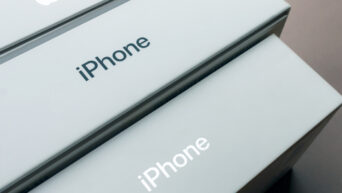Because some people still need this explained to them.
Have you ever placed something in the microwave and thought long and hard about how safe it might be? If you put something in there that wasn’t safe, you were treated to quite a show! Let’s look at the science behind why some metals spark up in a microwave.
The good thing is you don’t have to worry about the microwave completely exploding as you might see on TV. In order for a microwave to run successfully, it relies on a device called a magnetron. A magnetron is a vacuum tube that allows a magnetic field to flow through itself.
Electromagnetic waves are produced at a frequency of 2.5 gigahertz. It’s at this frequency that most materials absorb light pretty well. 2.5 gigahertz is also the frequency of water, which is in most of the foods that we eat.
The reason that we see sparks occur in microwaves is because of the way microwaves interact with metallic material. When that happens, the electrons on the surface of the metallic material get bounced around. These charges can pile up and create a high voltage. It can even be strong enough to rip an electron right off a molecule. Ionized particles will absorb microwaves even stronger than water does, so when a spark occurs, it draws the microwaves in, causing the spark to grow even larger.
Metal objects that are flat are less likely to see any reaction. For example, if you were to place aluminum foil flat in the center of a microwave, you are likely not to see any reaction whatsoever, but if you were to crumple it up, it would spark quickly.
So always make sure that you don’t leave anything metal in the microwave. Sometimes that spoon used to mix up your soup can quickly be forgotten. Don’t worry, the microwave will quickly remind you that you left it in there!

































